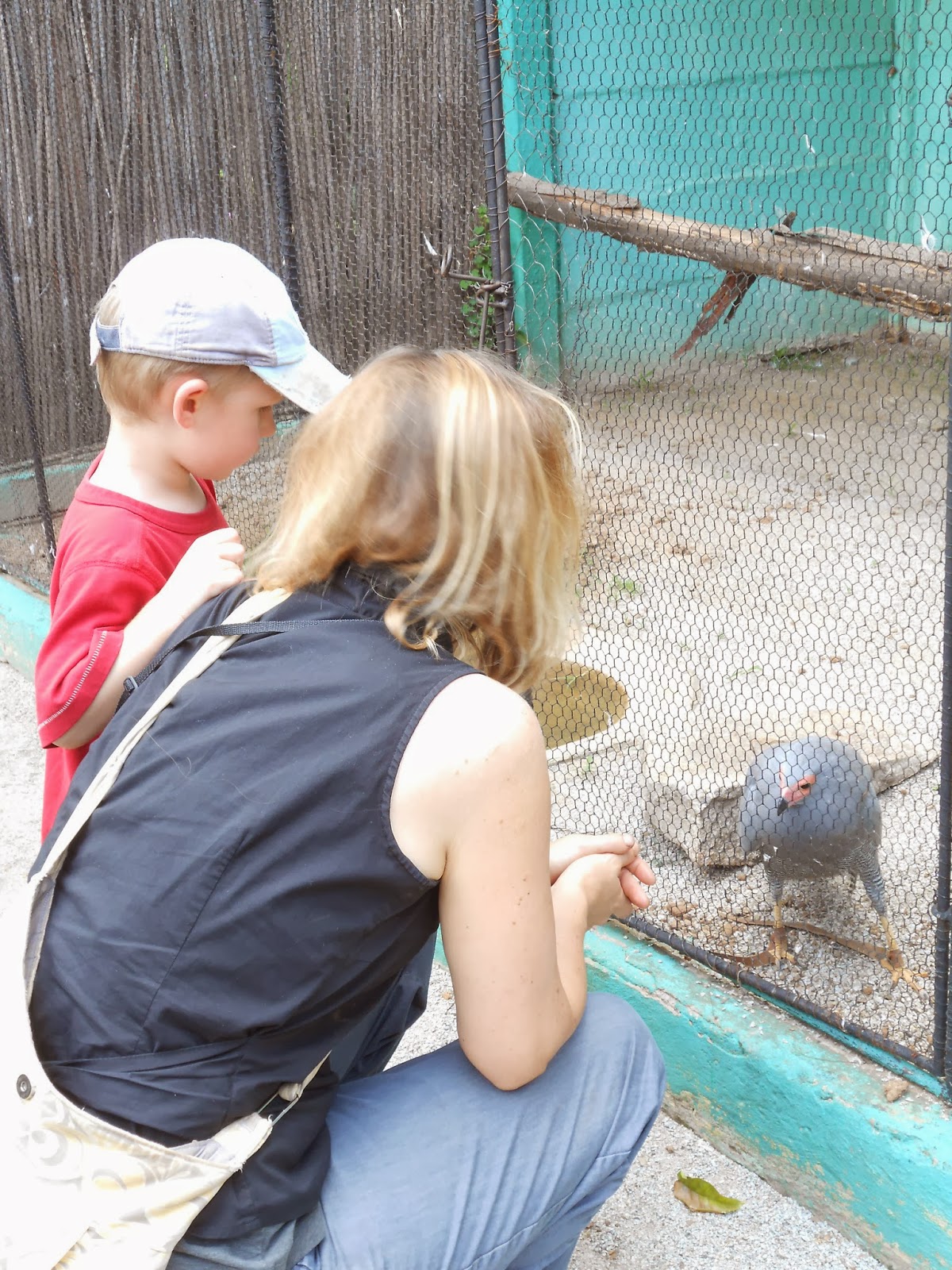We visited Kuimba Shiri bird sanctuary recently, located just 45 minutes from Harare on Lake Chivero. It has inspired me to share a couple of interesting birds that are found in our neck of the woods.
The irony of our first bird, the Marabou Stork, is that we saw oodles of them just that very morning when driving past the local dump...
The Pamona Dump sits as a wide open slab of smelly land, rampant with rats, scavenger birds, and desperate humans that sift frantically as trucks come in. Unlike landfills in the US, this dump is not covered over at night and allows for foul disease-carrying animals to easily make their homes. The smell carries for miles, and I wouldn't be surprised if the fly population of the entire city had its origins here.
On a side note, the dump was in the news a lot this past spring, when the fire they start there once a year burned out of control, causing the entire dump to smolder and burn for over two months. The toxic air had miles of houses, businesses, and schools closing or keeping children in from the outdoors. Our next door neighbors, whose children suffer from asthma, moved away for over a month before being able to return to our neighborhood. Poor waste management is a challenge for many African countries without the infrastructure in place to handle the increasing number of consumer goods that eventually end up there.
So what does this have to do with the marabou stork? Meet one of the largest residents of most African landfills. Often found in the company of vultures, these giant birds are considered "the garbage collector" in many African countries. At dumps that have tried to remove the birds, additional disease control became a problem, and efforts have now been made to place the marabou stork back into these dumps once again. This scavenger serves an important function, cleaning areas through their ingestion of waste. These birds have been observed devouring almost anything they can swallow, from shoes and bones, to plastics and metal.
Here is a marabou stork from the Kuimba Shiri sanctuary. These not-so-gorgeous guys can reach up to five feet tall- not so small! The bird is also known to forage in grassy areas where they can feed on insects and baby alligators. It paralyzes its prey by breaking their spinal cords with its scissor-like beak. Most of the marabou stork's day is spent standing still or resting on tarsal joints, but the bird can also soar well for hours.
Though they seem to have a face only a mother could love, these bald headed scavengers serve an important purpose in dumps and landfills all over Africa. So hug a marabou stork today! (Or maybe not....)



